Why the cyclone is called ‘Amphan’
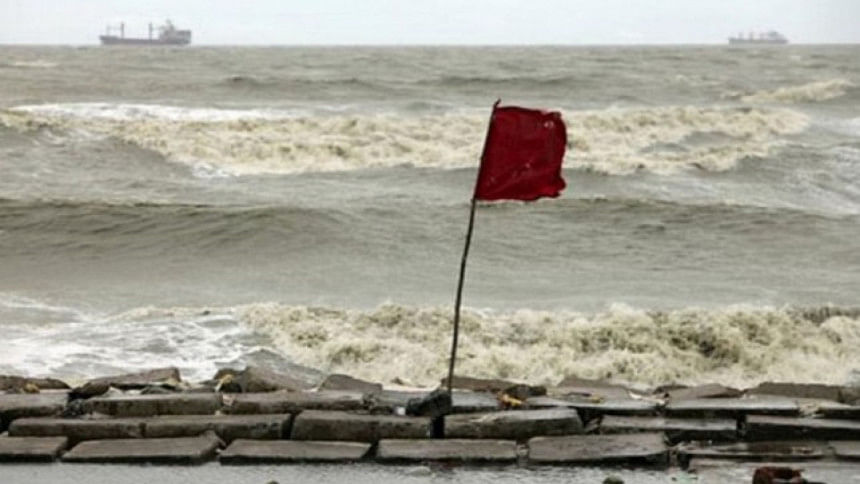
The name of the severe cyclonic storm "Amphan" was decided even before it had formed.
It was given by Thailand back in 2004.
The word "Amphan" (pronunciation: Um-pun), means sky, said Bajlur Rashid, meteorologist of Bangladesh Meteorological Department (BMD).
The storm, which formed in the Bay of Bengal on Saturday, is likely to cross the Bangladesh coast within tomorrow night and Wednesday evening, according to a weather bulletin by BMD.
Meanwhile, India Meteorological Department said cyclone Amphan had intensified into an extremely severe storm overnight and is likely to strengthen further to become a super cyclone.
But, how is it that a cyclone which originated in the Northern Indian Ocean region was named by Thailand and that too almost 16 years ago? And why are cyclones given names and who decides those?
THE WHY
According to the Hurricane Research Division, tropical cyclones are named to provide ease of communication between forecasters and the general public regarding forecasts, watches, and warnings. A name helps people and the media to identify each cyclone and become more aware of its implications.
As the storms can often last a week or longer and more than one can occur in the same basin at the same time, names can reduce the confusion about which storm is being referred to.
Cyclones that form in every ocean basin across the world are named by the regional specialised meteorological centres (RSMCs) and Tropical Cyclone Warning Centres (TCWCs). There are six RSMCs and five TCWCs in the world.
As an RSMC, the India Meteorological Department names the cyclones developing over the north Indian Ocean, including the Bay of Bengal and Arabian Sea, after following a standard procedure, according to The Indian Express.
THE NAME GAME
Earlier storms were named arbitrarily.
For example, an Atlantic storm that ripped off the mast of a boat named Antje became known as Antje's Hurricane, according to the World Meteorological Department.
But meteorologists, in the pursuit of a more organised and efficient naming system, decided to identify storms using names given by a list of countries arranged alphabetically.
In early 2000, a group of nations called WMO/ESCAP (World Meteorological Organisation/United Nations Economic and Social Commission for Asia and the Pacific), which comprised of Bangladesh, India, the Maldives, Myanmar, Oman, Pakistan, Sri Lanka and Thailand, decided to start naming cyclones in the region.
After each country sent in suggestions, the WMO/ESCAP Panel on Tropical Cyclones (PTC) finalised the list.
They came up with a list of 64 names in 2004 -- eight names from each country -- for upcoming cyclones.
The given names are preordered on the list and used serially whenever a cyclone occurs.
The WMO/ESCAP expanded to include five more countries in 2018 -- Iran, Qatar, Saudi Arabia, United Arab Emirates and Yemen.
IMD released a new list of 169 cyclone names in April of this year including 13 suggestions from each of the 13 countries.
Since "Amphan"-- the last name on the original list established in 2004 had remained unused -- it was selected to complete the previous list and move onto a new one, according to the IMD.
After Amphan, the names of the three cyclones would be Nisarga (Bangladesh), Gati (India) and Nivar (Iran).
The World Meteorological Organization (WMO), a Geneva-based agency of the United Nations (UN), maintains the lists of the given names.
The Bangladesh Meteorological Department (BMD) also has the list of names contributed by these countries for cyclones that form over the Arabian Sea and Bay of Bengal. Every time a cyclone forms, a name is picked in order of submission by these countries.
The name of the tropical cyclone "Fani", which had hit Bangladesh in 2019, was given by Bangladesh. The Bangla word "Fani" means snake.
Cyclone "Mora" which hit Bangladesh in 2017 was named by Thailand. "Mora" is a Thai word, which means "star of the sea" or "sea star".
Cyclonic storm "Roanu" that hit Bangladesh in May 2016 was named by Maldives. The Maldivian word means "coir rope".

 For all latest news, follow The Daily Star's Google News channel.
For all latest news, follow The Daily Star's Google News channel. 

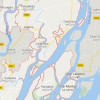
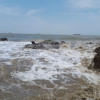
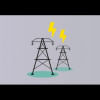
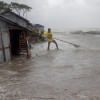
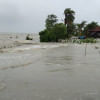


Comments